Dennis Andrew Nilsen (born 23 November 1945) is a British serial killer and necrophiliac, also known as the Muswell Hill Murderer and the Kindly Killer, who committed the murders of 15 young men in London, England between 1978 and 1983. He retained his victims’ bodies for extended periods of time before dissecting their remains and disposing of them via burning or flushing the remains down a lavatory. Nilsen was convicted of six counts of murder and two of attempted murder at the Old Bailey in November, 1983 and is currently incarcerated at the HMP Full Sutton maximum security prison in the East Riding of Yorkshire, England. Nilsen became known as both the Muswell Hill Murderer and the Kindly Killer due to the fact the majority of his murders were committed at an address in the Muswell Hill district of North London and that he believed that his method of murder (the strangulation and drowning of his victims), followed by a ritual in which he bathed and dressed their bodies, was the most humane method of murder. Early life Nilsen was born at Gray Street, Fraserburgh, Aberdeenshire to a Scottish mother, Betty Whyte, and a Norwegian father, Olav Magnus Moksheim, who adopted the surname Nilsen. His father was an alcoholic and his parents divorced when he was four years old. His mother remarried and sent her son to his grandparents, but after a couple of years he returned to his mother. Nilsen claimed the first traumatic event to shape his life came about when he was a small child, when his beloved grandfather died of a heart attack in October 1951. His strict Catholic mother reportedly insisted that he view the body before burial. Army service and move to London Nilsen, as a soldier. In 1961, Nilsen left school and joined the Army. He enlisted in the Army Catering Corps and became a cook in South Yemen, Cyprus, Berlin, Germany and the Shetland Islands. He served in the army for 11 years, earning a General Service Medal before being discharged, at his own request, in November 1972. In December 1972, he joined the Metropolitan Police, and was posted to Willesden, London in 1973. Nilsen served eight months as a policeman before resigning. From 1974, Nilsen worked as a civil servant in a jobcentre in London’s Kentish Town. He was also active in the trade union movement, even going on other people’s picket lines in solidarity. In November 1975, Nilsen moved into Melrose Avenue, Cricklewood London. Murders and arrest Evil … serial killer Dennis Nilsen in 1983, the year he was caught Between 1978 and 1983, Nilsen is known to have killed 15 men and boys. The majority of Nilsen’s victims were homeless men or homosexuals whom he would typically meet in bars or on the streets and lure to his home with an offer of food, alcohol or shelter. Once at Nilsen’s home, the victims would were usually given food and alcohol, then strangled and drowned during the night. He used his butchering skills, which he gained from his time as a cook in the army, to help him dispose of the bodies. The bodies were not immediately dismembered, but were kept, sometimes for several months, in different locations in his home, usually under the floorboards. Nilsen later admitted to having engaged in sexual acts with the corpses of his victims. Nilsen had access to a large garden when living at 195 Melrose Avenue, Cricklewood. He was able to burn many of the remains in a bonfire. Entrails were dumped over the garden fence to be eaten by wildlife. In October 1981 Nilsen moved several miles eastwards to an attic flat at 23 Cranley Gardens, Muswell Hill. Here he had no access to a garden and the flat itself had no floorboards. This meant that as his murders continued, he found it difficult to dispose of the remains and had bin bags full of human organs stored in his wardrobe. Neighbours had begun to notice the smell. Three people were murdered at this address, and all were stored in cupboards and chests. Nilsen attempted to dispose of the bodies by boiling the heads, hands and feet to remove the flesh and by chopping the entrails into small pieces and flushing them down the toilet. Disposal via the toilet, however, eventually blocked the flats’ drains. Nilsen’s murders were first discovered by Dyno-Rod, a drain cleaning company responding to a blocked drain. The company found the drain was packed with a flesh-like substance. The drain inspector then called his supervisor, but no assessment was made until the next day, by which time the drain had been cleared. This aroused the suspicions of the drain inspector and his supervisor, who immediately called the police. Upon closer inspection, some small bones and what looked like chicken flesh were found in a pipe leading off from the drain, with rats feeding on them; the remains were passed to pathologist Professor David Bowen who advised that they were human. Detective Chief Inspector Peter Jay was called to the scene with two colleagues and waited outside until Nilsen returned home from work. As they entered the building DCI Jay introduced himself to Nilsen and explained that he had come about his drains. Nilsen asked why would the police be interested in his drains and also if the two officers were health inspectors. He was told they were police colleagues and given their names. They then climbed the stairs together and as they entered the flat DCI Jay immediately smelled rotting flesh. Nilsen queried why the police would be interested in his drains, so the officer told him they were filled with human remains. “Good grief, how awful!” exclaimed Nilsen. “Don’t mess about, where’s the rest of the body?” replied Jay. Nilsen responded calmly, admitting that they were in two plastic bags in his wardrobe. He was then arrested and cautioned on suspicion of murder and taken to the police station. On the way back to the station, Nilsen was asked how many bodies they were talking about and replied “15 or 16, since 1978”. Nilsen later apologised to the police for not being able to remember the exact number of people he had killed. When his flat was searched human remains were found inside a tea-chest in a wardrobe. His former address was also searched and numerous small bone fragments were found in the garden. Victims Murder 1, Stephen Holmes: Nilsen’s first murder occurred on 30 December 1978. The victim was described by Nilsen as being an Irish teenager he estimated to be around 17. Nilsen met the youth in the Cricklewood Arms on the evening of 29 December before inviting him to Melrose Avenue. The following morning, Nilsen strangled him with a necktie until he was unconscious before drowning him in a bucket of water. In January 2006, the victim was identified as Stephen Dean Holmes, a 14-year-old youth who was last seen on his way home from a rock concert. In November 2006, Nilsen confessed to the murder of Holmes in a letter sent from his prison cell to the Evening Standard.Nilsen was not charged for the murder as the Crown Prosecution Service decided that a prosecution would not be in the public interest. On 11 August 1979, Nilsen burned the body of Stephen Holmes in his garden. On 11 October 1979, Nilsen attempted to murder Andrew Ho, a student from Hong Kong he had met in The Salisbury public house in St. Martin’s Lane. Although afterwards he confessed to the police about the incident no charges were brought and Nilsen was not arrested. Murder 2, Kenneth Ockendon: The second victim was 23-year-old Canadian student Kenneth Ockendon. Nilsen met the tourist in a pub on 3 December 1979 and escorted him on a tour of Central London, after which they went back to Nilsen’s flat for another drink. Nilsen strangled him with the cord of his headphones whilst Ockendon was listening to a record. Ockendon was one of the few murder victims who was widely reported as a missing person. Murder 3, Martyn Duffey: Martyn Duffey was a 16-year-old runaway from Birkenhead. On 17 May 1980, he accepted Nilsen’s invitation to come over to his place. Nilsen strangled and subsequently drowned Duffey in the kitchen sink. Murder 4, Billy Sutherland: Billy Sutherland was a 26-year-old father-of-one from Scotland who worked as a prostitute. Sutherland met Nilsen in a pub in August 1980. Nilsen could not recall how he had murdered Sutherland; however, it was later revealed that Sutherland had been strangled by bare hands. Murder 5, Unidentified: The fifth victim was another individual who worked as a prostitute, whom Nilsen met in the Cricklewood Arms in October 1980. This man was never identified. All that is known is that he was probably from the Philippines or Thailand. Murder 6, Unidentified: Nilsen could recall very little about this and the following two victims. All that Nilsen could remember about the sixth victim was that he was a young Irish labourer whom he had met in the Cricklewood Arms. Murder 7, Unidentified: Nilsen described the seventh victim as a starving “hippy-type” he had found sleeping in a doorway in Charing Cross. Nilsen and the youth took a taxi to Melrose Avenue where Nilsen strangled the youth before placing his body under the floorboards. In the late autumn of 1980, Nilsen removed and the dissected the bodies of each victim killed since December 1979 and burned them upon a commumal bonfire he had constructed on waste ground behind his flat. On 10 November 1980 Nilsen attacked a Scottish barman named Douglas Stewart, whom Nilsen met at the Golden Lion in Dean Street. Once Stewart was asleep in Nilsen’s flat, Nilsen attempted to strangle him. However, Stewart awoke and was able to fend off his attacker. Although Stewart called the police almost immediately after the attack, the officers refused to take action; reportedly they considered the incident to be a domestic disagreement. Murder 8, Unidentified: Nilsen could recall little about his eighth victim, except that he had met him in the West End after the pubs had closed. He kept the man’s body under the floorboards of his flat, until he removed the corpse and cut it into three pieces then put it back again. He burned the corpse one year later. Murder 9, Unidentified: The ninth victim was a young Scottish man whom Nilsen met in the Golden Lion pub in Soho in early January, 1981. He reported in to work as sick on 12 January in order that he could dissect both this victim and victim 8. Murder 10, Unidentified: The 10th victim was another young Scottish man Nilsen met in the West End in February, 1981. Nilsen strangled him with a tie and placed the body under the floorboards. Murder 11, Unidentified: Nilsen picked up his eleventh victim in Piccadilly Circus in April, 1981. The man was an English skinhead who had a tattoo around his neck reading “cut here”. The man had boasted to Nilsen about how tough he was and how he liked to fight. Once he was drunk, he proved no match for Nilsen, who hung the man’s naked torso in his bedroom for a day, before burying the body under the floorboards. In August 1981, having already dissected the bodies of his 8th and 9th victims, Nilsen removed all the bodies and parts from beneath the floorboards and dissected the remaining two bodies. He dumped their internal organs on waste ground. Murder 12, Malcolm Barlow: The 12th victim was a 24-year-old named Malcolm Barlow, whom Nilsen murdered on 18 September 1981. Nilsen found Barlow in a doorway close to his own home; he took him to his home and called an ambulance. When Barlow was released the next day, he returned to Nilsen’s home to thank him and was pleased to be invited in for a meal and a few drinks. Nilsen murdered Barlow that night. Barlow was the final victim to be murdered at Melrose Avenue. On 4 October 1981, Nilsen removed the bodies of victims 8, 9, 10, 11 and 12 and burned them on a bonfire at the rear of his house. As with the previous fire he had constructed, he crowned the bonfire with an old car tyre to disguise the smell. The following day, 5 October 1981, Nilsen moved to 23 Cranley Gardens in Muswell Hill. In November 1981, Nilsen targeted Paul Nobbs, a student, at the Golden Lion in Soho, and invited Nobbs back to his new home. The student awoke the next morning with little recollection of the previous evening’s events, and later went to see his doctor because of some bruising that had appeared on his neck. The doctor revealed that it appeared as if the student had been strangled, and advised him to go to the police. However, Nobbs was concerned about what would happen if his sexual predilections were to be disclosed, and did not go to the police. Murder 13, John Howlett: Howlett had first met Nilsen in a West End pub in December 1981. In March 1982, John Howlett was the first victim to be murdered in Nilsen’s Muswell Hill home. Howlett was one of the few who were able to fight back; however, Nilsen had taken a dislike to him and was determined that he should die. There was a tremendous struggle, in which at one point Howlett even tried to strangle Nilsen back. Eventually, Nilsen drowned Howlett, holding his head under water for five minutes. Nilsen dismembered Howlett’s body, hid some of Howlett’s body parts around the house and flushed others down the toilet. In May 1982, Nilsen targeted Carl Stottor, a drag queen known as Khara Le Fox at The Black Cap pub in Camden. After drinks, Stottor slept in a sleeping bag, then awoke to find himself being strangled, before losing consciousness. Stottor then awoke to find his head immersed in water as Nilsen attempted to drown him in his bath. Two days later, Stottor awoke in Nilsen’s flat: Nilsen explained to Stottor he had almost strangled himself on the zip of the sleeping bag before he led the young man to a nearby train station. Murder 14, Graham Allen: Graham Allen was another troubled man; a father, originally from Scotland, whom Nilsen met in Shaftesbury Avenue in September, 1982. Nilsen took Allen to his home and prepared an omelette for him. As Allen was eating the omelette, Nilsen crept behind him and strangled him to death. After murdering Allen, Nilsen left his body in the bath for a total of three days before dissecting his body in the same manner as he had with Howlett. Parts of Allen’s remains subsequently blocked the drains at Cranley Gardens. Murder 15, Stephen Sinclair: Nilsen’s final victim was a 20-year-old man named Stephen Sinclair who was addicted to drugs and alcohol. Nilsen targeted Sinclair in Oxford Street and bought the youth a hamburger. Nilsen then suggested that they go back to his place. After Sinclair drank alcohol and used heroin at Nilsen’s flat, Nilsen strangled Sinclair and dismembered the body. Nilsen recalled that the youth’s wrists were covered in slash marks from where Sinclair had recently tried to kill himself. This murder was committed on 26 January 1983, less than two weeks before Nilsen was arrested. Trial and sentence Nilsen was brought to trial at the Old Bailey on 24 October 1983. He pleaded diminished responsibility as a defence, in order to seek a verdict of guilty to manslaughter, but was convicted of six murders and two attempted murders. He was sentenced to life imprisonment on 4 November 1983. In 1993, he was given permission to give a televised interview from prison. Nilsen’s minimum term was set at 25 years by the trial judge, but the Home Secretary later imposed a whole life tariff, which meant he would never be released. In 2006, he was denied any further requests for parole. Imprisonment Dennis Nilsen in prison In January 1993 the Home Office claimed copyright over tapes of prison interviews with Nilsen in the possession of the television programme World In Action. Mr Justice Aldous allowed the footage to be broadcast, a decision that was later upheld in the Court of Appeal. In 2001, while in Whitemoor Prison, he brought judicial review proceedings over the governor’s decision not to allow him access to the gay pornography magazine “Vulcan”. This application was refused by the single judge at the permission stage. He did not establish that there was any arguable case that a breach of his human rights had occurred, nor that the prison’s rules were discriminatory. He also failed to receive any greater access to such materials as a result. In 2003 he brought a further judicial review over a decision not to allow him to publish his autobiography, entitled The History of a Drowning Boy. Nilsen is awaiting an appeal on this decision at the European Court of Human Rights.
Other Abusers in London
511 ABUSERS IN LONDON
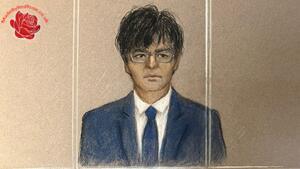
Zhenhao Zou
London
Sexual Abuser
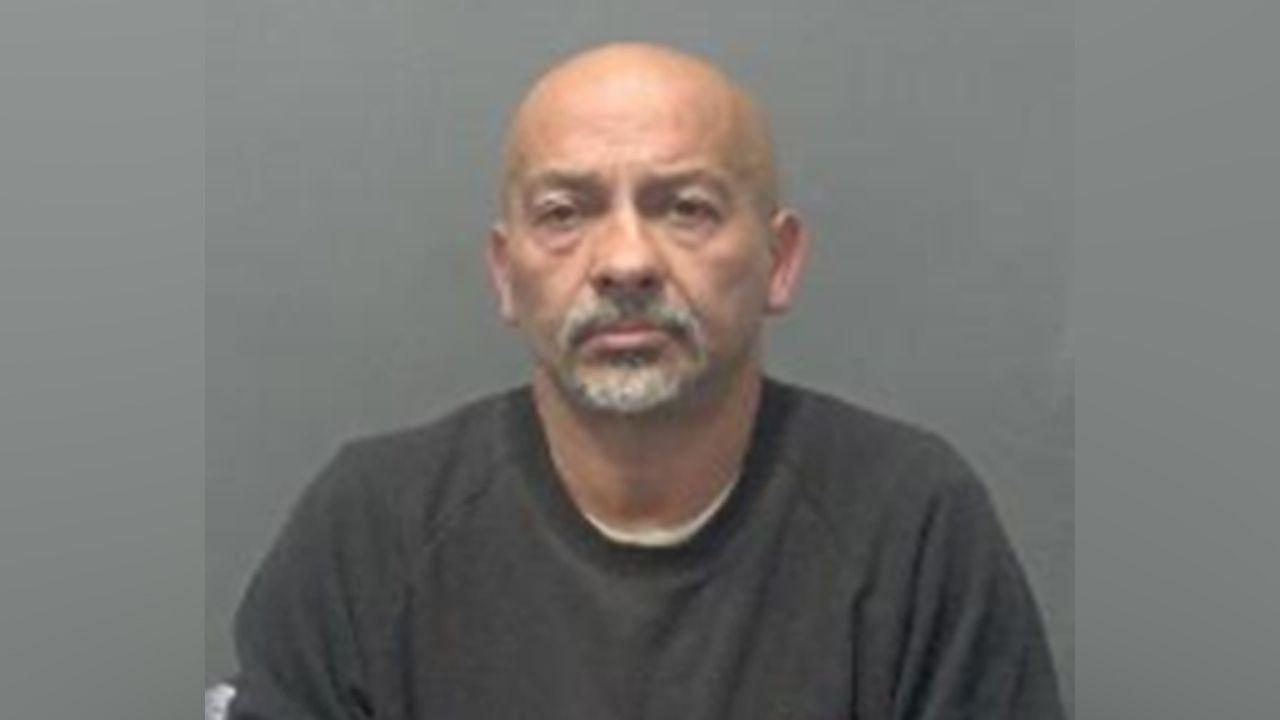
John Angeli
London
Child Sexual Assault
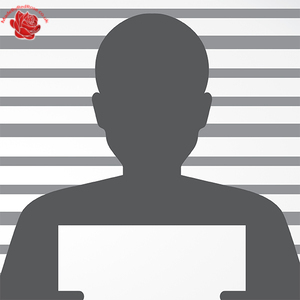
Akim Hussan
London
Animal Abuser

Alexander Rossi
London
Essex
Sexual Abuser

Brett Berwick
London
Watford
Sexual Abuser
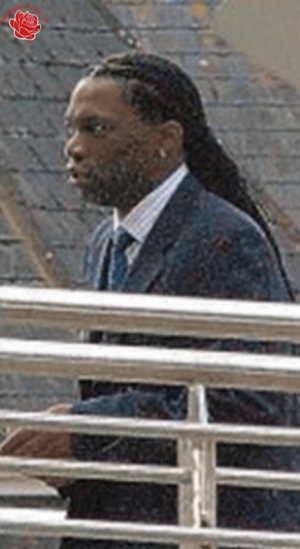
Brian Campbell
London
Honiton
Sexual Abuser
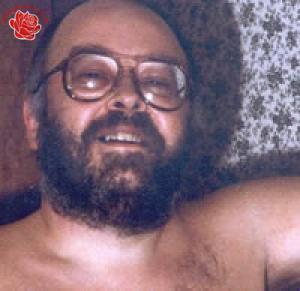
Stephen King
London
Sexual Abuser
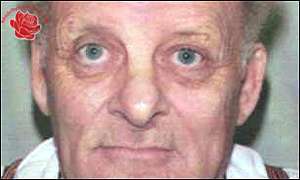
William Hook
London
Great Yarmouth
Sexual Abuser
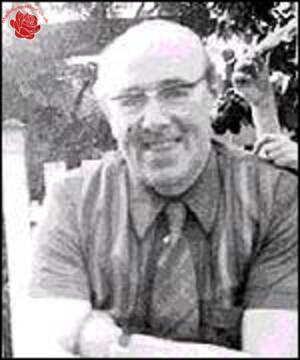
Trevor Mellis/Julian Levene/Keith Romig/Leslie Baldwin
London
Otley
Sexual Abuser
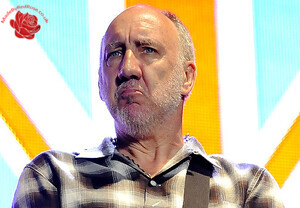
Pete Townshend
London
Sexual Abuser
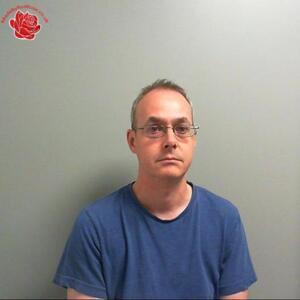
Glen Jones
London
Maidstone
Sexual Abuser
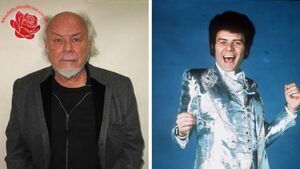
Gary Glitter
London
Sexual Abuser
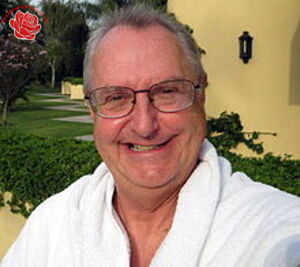
Jonathan King
London
Sexual Abuser
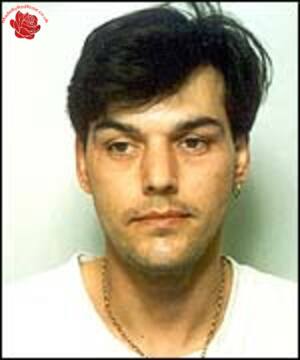
Rifat Mehmet
London
Essex
All Areas
Sexual Abuser
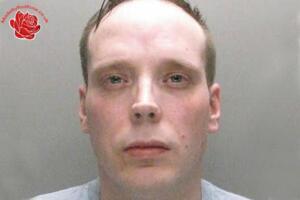
Stephen Lott
London
Aveley
Sexual Abuser

Thomas Jones
London
Cirencester
Sexual Abuser
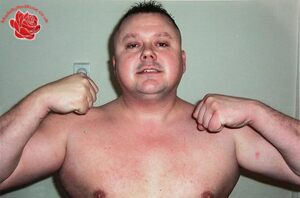
Levi Bellfield
London
Sexual Abuser
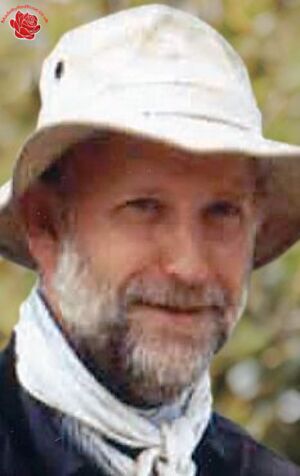
Roger Took
London
Sexual Abuser
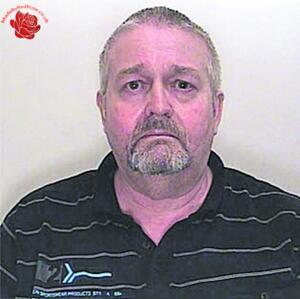
John Radley
London
Calne
Chippenham
Sexual Abuser
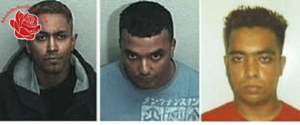
Salah Uddin/Koyeas Miah/Kamal Hussain
London
Gravesend
Sexual Abuser
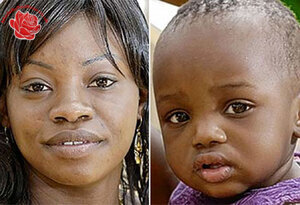
Galtricia Ntsimbi
London
Sexual Abuser
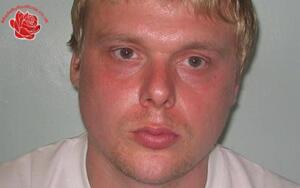
Steven Barker
London
Sexual Abuser
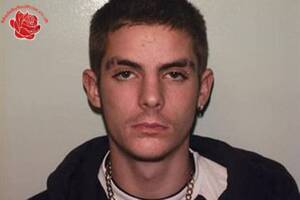
Lee Read
London
Sexual Abuser
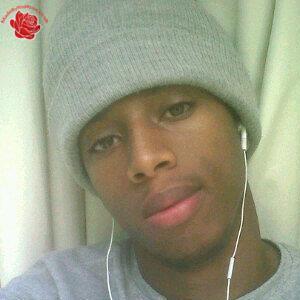
Roshane Channer/Ruben Monteiro
London
Luton
Sexual Abuser

Barry Dryer
London
Sexual Abuser
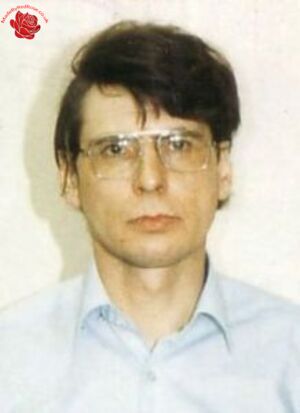
Dennis Nilsen
London
Fraserburgh serial killer
Sexual Abuser

Ernest Doidge
London
Sexual Abuser

Eugene Kalpage
London
Sexual Abuser

Terry McBarron
London
Sexual Abuser

Abdus Subhan
London
Sexual Abuser
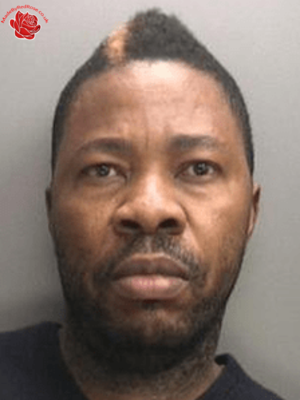
Kifueni Kadiabioko
London
Willenhall
Sexual Abuser

Ezekiel Oladapo
London
Glasgow
Sexual Abuser